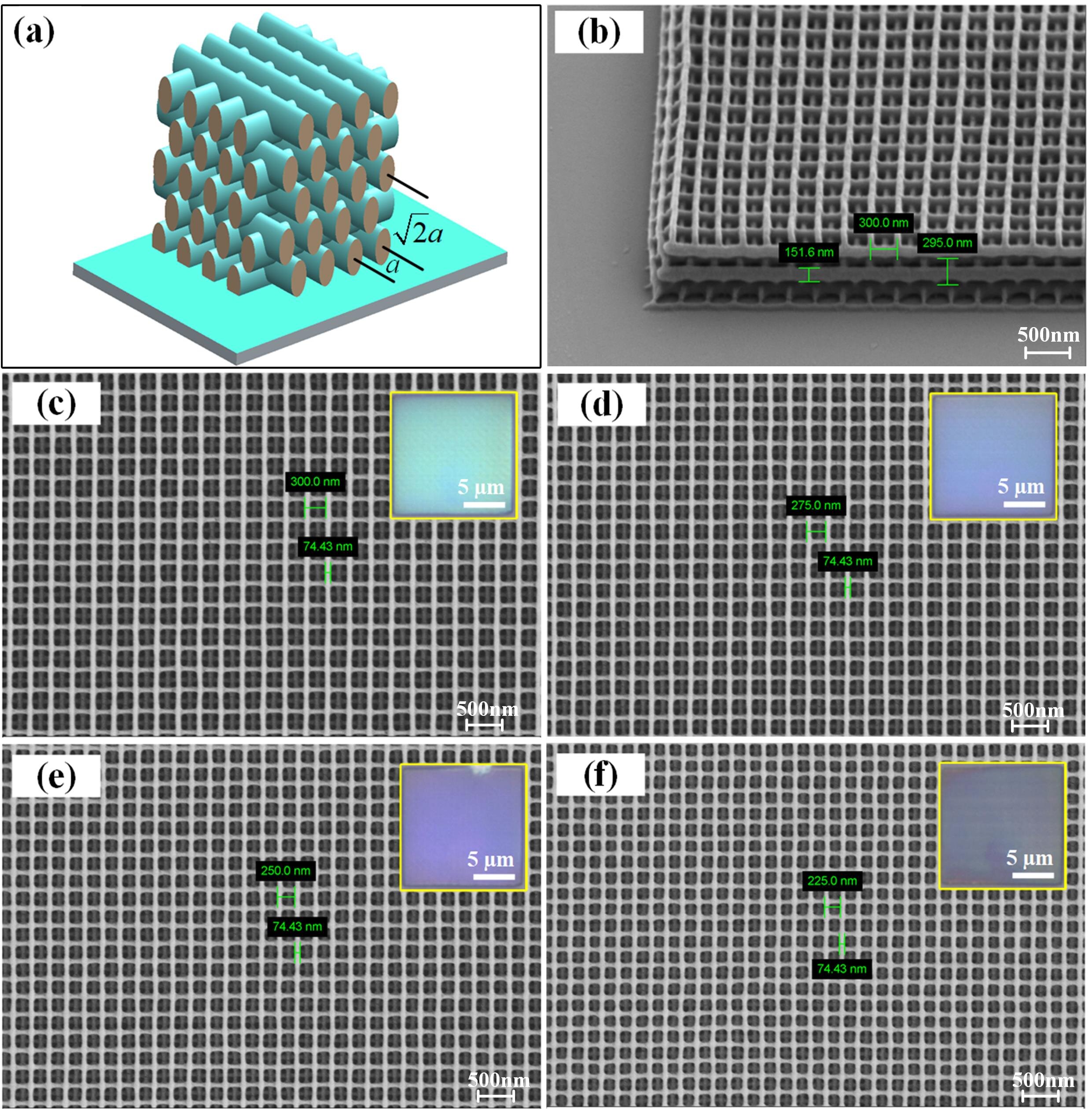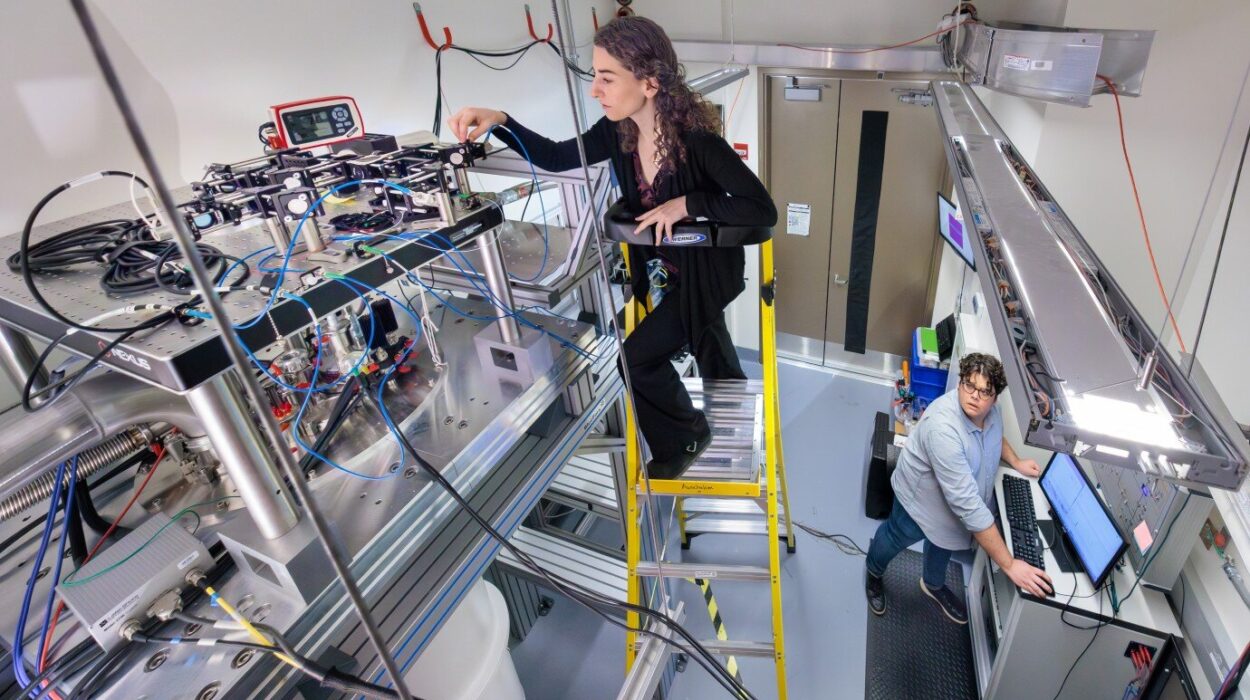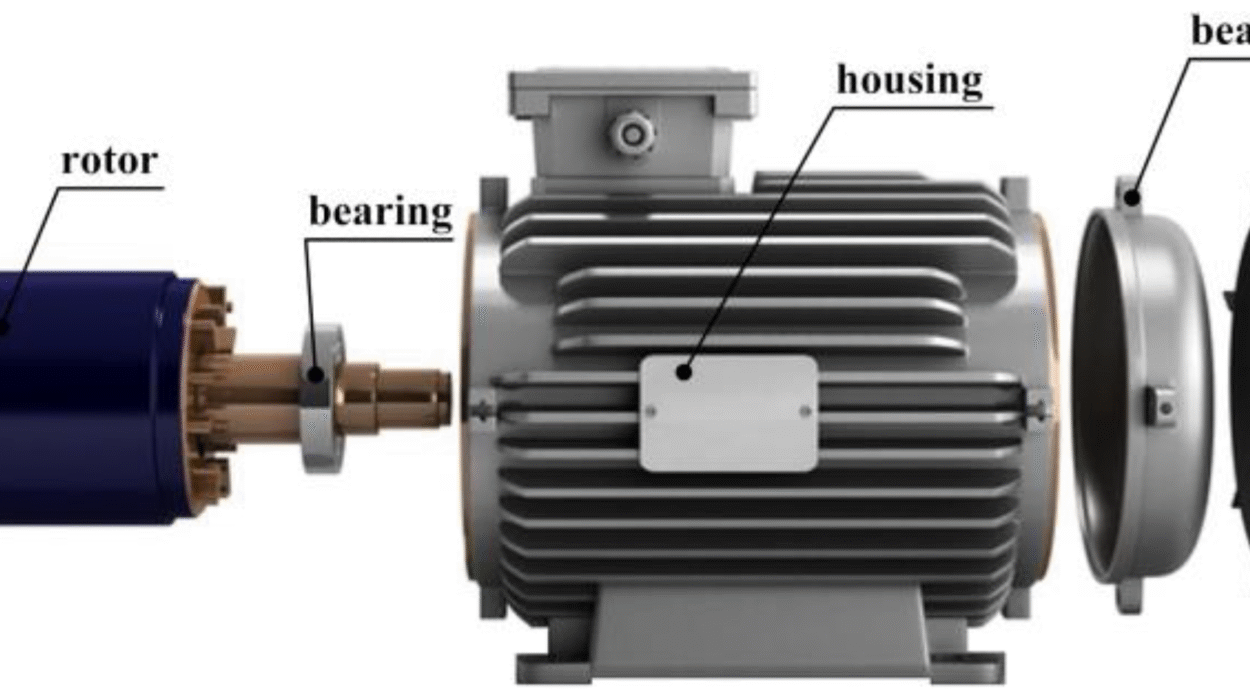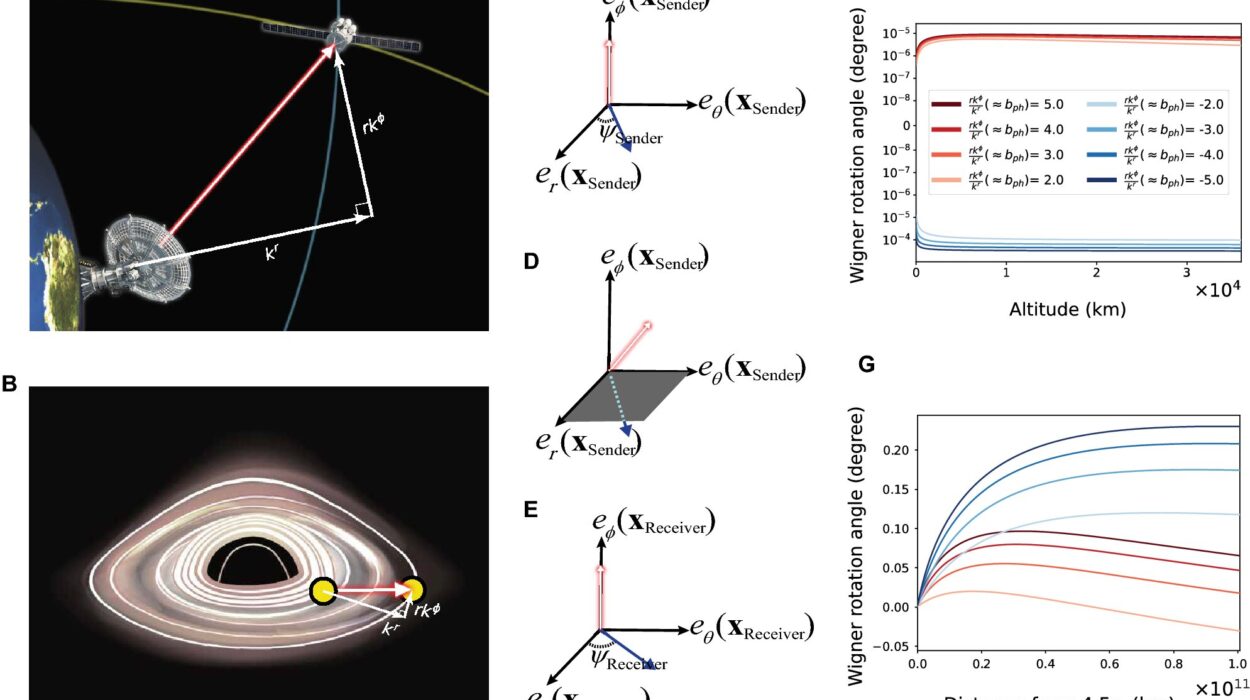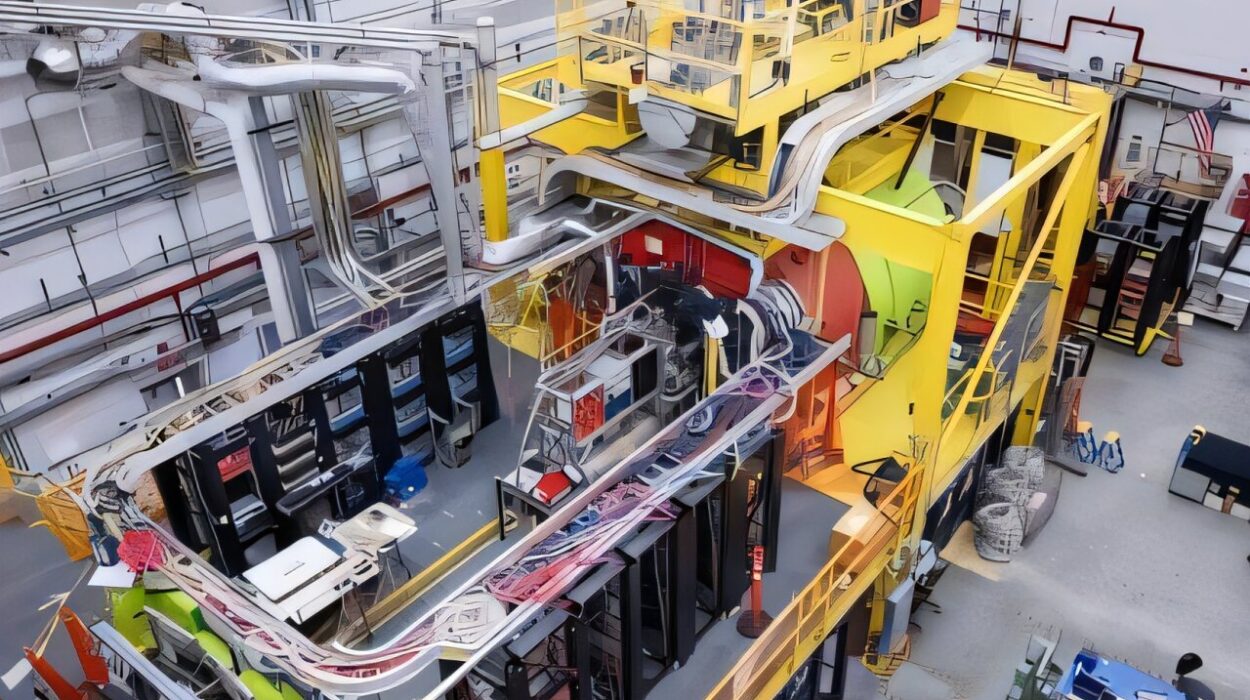Since the dawn of human curiosity, the night sky has been a canvas of wonder. The stars, planets, and galaxies twinkle at vast distances, unreachable to the naked eye. Yet, through the invention of the telescope, we have pierced the veil of darkness, unveiling secrets of the universe once hidden from our senses. But how exactly do telescopes work? What physics principles allow these instruments to transform faint, distant light into sharp images and precious data?
This journey will explore the physics behind telescopes — the optical marvels that stretch human vision across unimaginable expanses. We’ll delve into the nature of light, the design of lenses and mirrors, and the ingenious ways scientists overcome the hurdles of distance and faintness. Prepare to see the universe in a new light.
The Challenge of Seeing Far
At its core, the difficulty of seeing distant objects lies in two fundamental problems: brightness and resolution. Light from distant stars or galaxies is incredibly faint by the time it reaches Earth, often indistinguishable from the background darkness. Additionally, even when light is collected, distant objects appear tiny, demanding immense precision to resolve their details.
The human eye, with its finite pupil size and limited sensitivity, struggles with these challenges. This is where telescopes come into play — they gather more light than the eye can, concentrating it to make faint objects visible and enhancing detail to reveal intricate structures.
But to understand how telescopes accomplish this, we must first understand the nature of light itself.
The Nature of Light: Waves and Particles
Light is an electromagnetic wave, a rhythmic oscillation of electric and magnetic fields traveling through space at an astonishing 299,792 kilometers per second. Yet, it also behaves as particles called photons, tiny bundles of energy that carry information about their source.
The wave nature of light is crucial for understanding how telescopes form images. Waves have properties such as wavelength, frequency, and phase, all of which influence how light interacts with materials like glass and mirrors.
When light encounters a lens or mirror, it can be bent or reflected. This bending, called refraction, or reflection allows telescopes to focus light from distant objects into a sharp image.
Refraction and Reflection: The Basics of Optics
Refraction occurs when light passes from one medium to another—say, from air into glass—and bends because its speed changes. Lenses use refraction to converge or diverge light rays. A convex lens, thicker at the center, bends incoming parallel light rays to meet at a focal point, creating a focused image.
Reflection, on the other hand, involves light bouncing off surfaces. A mirror, especially a curved one, can also concentrate light by reflecting rays to a focal point. Both principles form the foundation of telescope design.
Understanding the subtleties of these phenomena explains why telescopes have evolved in different forms.
Refracting Telescopes: The Classic Lens Approach
The earliest telescopes, built in the 17th century, were refractors. They relied on glass lenses to gather and focus light. The primary component, the objective lens, collects incoming light and bends it toward a focal point. A second lens, called the eyepiece, magnifies this image for the viewer.
The beauty of refracting telescopes lies in their simplicity and directness. However, lenses have limitations. The quality of glass and manufacturing imperfections can introduce distortions known as chromatic aberration, where different colors focus at different points, causing blurring or colored fringes around objects.
The largest refracting telescopes are also constrained by the difficulty of producing massive, flawless lenses. The weight of the glass can cause deformation, limiting their maximum size.
Despite these challenges, refractors remain beloved for their crisp images and are used in many amateur and some professional telescopes.
Reflecting Telescopes: Mirrors Take the Stage
To overcome the limitations of lenses, astronomers turned to mirrors, which reflect rather than refract light. Reflecting telescopes use a curved primary mirror, typically parabolic, to collect and focus light. Because mirrors can be supported from behind, they can be made much larger than lenses without deforming.
Isaac Newton pioneered the reflecting telescope in the 17th century, and modern observatories use enormous reflectors. The light collected by the primary mirror is reflected to a secondary mirror or directly to instruments that record or display the image.
Reflecting telescopes avoid chromatic aberration because reflection does not disperse light by wavelength. They can also be constructed with segmented mirrors, as in the case of the James Webb Space Telescope, allowing unprecedented size and sensitivity.
Light Gathering Power: The Bigger the Better
One crucial advantage of telescopes is their ability to gather light. The amount of light a telescope collects depends on the area of its primary lens or mirror, which scales with the square of its diameter. Doubling the diameter quadruples the light-gathering power.
This exponential increase enables astronomers to see fainter and more distant objects. For example, the Hubble Space Telescope’s 2.4-meter mirror collects about 15 times more light than the human eye’s pupil, revealing galaxies billions of light-years away.
Larger apertures also improve resolution, the ability to distinguish closely spaced objects. But size alone isn’t the entire story, as atmospheric effects and optical design also play critical roles.
The Role of Resolution: Seeing Fine Details
Resolution is the telescope’s power to separate two adjacent points of light. It determines whether a star can be distinguished from a nearby companion or if surface features on planets can be discerned.
The physics behind resolution lies in diffraction, the bending of waves around edges. Even a perfect telescope cannot see details smaller than a limit set by diffraction, which depends on the wavelength of light and the telescope’s aperture.
A larger aperture reduces diffraction, enhancing resolution. Yet, the Earth’s atmosphere presents a bigger hurdle.
Atmospheric Turbulence and the Blurring of Stars
The Earth’s atmosphere, while vital for life, distorts incoming starlight. Turbulence causes constant fluctuations in air density, refracting light randomly and causing stars to twinkle. This “seeing” limits the sharpness of ground-based telescopes, often blurring images.
Astronomers have developed ways to counter this. Placing telescopes on high mountains above much of the atmosphere reduces turbulence. Adaptive optics technology uses deformable mirrors controlled by computers to adjust for atmospheric distortion in real-time, restoring much of the telescope’s intrinsic resolution.
For the clearest views, telescopes like Hubble orbit above the atmosphere entirely.
Beyond Visible Light: Exploring the Full Electromagnetic Spectrum
While traditional telescopes focus on visible light, the universe emits radiation across the electromagnetic spectrum, from radio waves to gamma rays. Each wavelength reveals unique astrophysical phenomena.
Radio telescopes use giant dish antennas to detect long wavelengths, uncovering cosmic microwave background radiation and mapping hydrogen clouds. Infrared telescopes peer through dust clouds to study star formation. X-ray and gamma-ray observatories reveal high-energy events like black holes and supernovae.
Designing telescopes for these wavelengths requires adapting principles of optics, using antennas, mirrors, and detectors specialized for each regime.
The Anatomy of a Modern Telescope
A modern telescope is a marvel of precision engineering and science. Beyond the primary optics, it includes intricate mounts to track celestial motion, detectors like CCD cameras that convert photons into digital data, and sophisticated software to process images.
Large observatories integrate spectrometers that split light into spectra, revealing chemical composition, temperature, and motion. Interferometry combines light from multiple telescopes to simulate a single enormous aperture, vastly improving resolution.
The synergy of these components transforms faint light into detailed, quantitative knowledge of the cosmos.
Space Telescopes: Free from Atmospheric Limitations
Space telescopes represent the pinnacle of observational capability. Freed from atmospheric distortion and absorption, they can observe wavelengths impossible to detect from Earth and capture extraordinarily sharp images.
The Hubble Space Telescope revolutionized astronomy by revealing galaxies in stunning detail and enabling discoveries about the universe’s expansion. The recently launched James Webb Space Telescope expands our reach further, observing in infrared with unprecedented sensitivity.
Operating in space presents its own challenges — launch stresses, extreme temperatures, and communication delays — but the rewards are monumental.
The Physics of Magnification: Making the Distant Near
Magnification is the telescope’s ability to enlarge the apparent size of objects. While often misunderstood as the primary function, magnification alone does not make distant objects visible or detailed. In fact, too much magnification can produce blurry, dim images if the telescope’s aperture and resolution are insufficient.
Magnification results from the interplay of the objective lens or mirror and the eyepiece, or from digital zooming in modern instruments. The goal is to match magnification to the telescope’s resolving power to produce clear, bright images.
The Future of Telescopes: New Horizons
The quest to see farther and clearer is unending. Upcoming projects like the Extremely Large Telescope (ELT) with a 39-meter mirror and the Thirty Meter Telescope (TMT) promise to push boundaries on Earth. Space missions aim to detect Earth-like exoplanets and the universe’s first stars.
Advances in materials science, adaptive optics, and computational imaging continue to improve telescope performance. Concepts such as gravitational wave telescopes and quantum-enhanced sensors hint at future revolutions in our observational toolkit.
Conclusion: Telescopes as Extensions of Human Curiosity
Telescopes are more than instruments; they are extensions of the human desire to understand our place in the cosmos. By bending and reflecting light, overcoming physical limits, and employing cutting-edge technology, telescopes turn the invisible into the visible, the distant into the near.
The physics behind telescopes intertwines fundamental concepts of light, optics, and waves with practical engineering challenges. As our tools grow ever more powerful, so too does our window onto the universe expand, promising endless discoveries and deeper connections to the stars.


